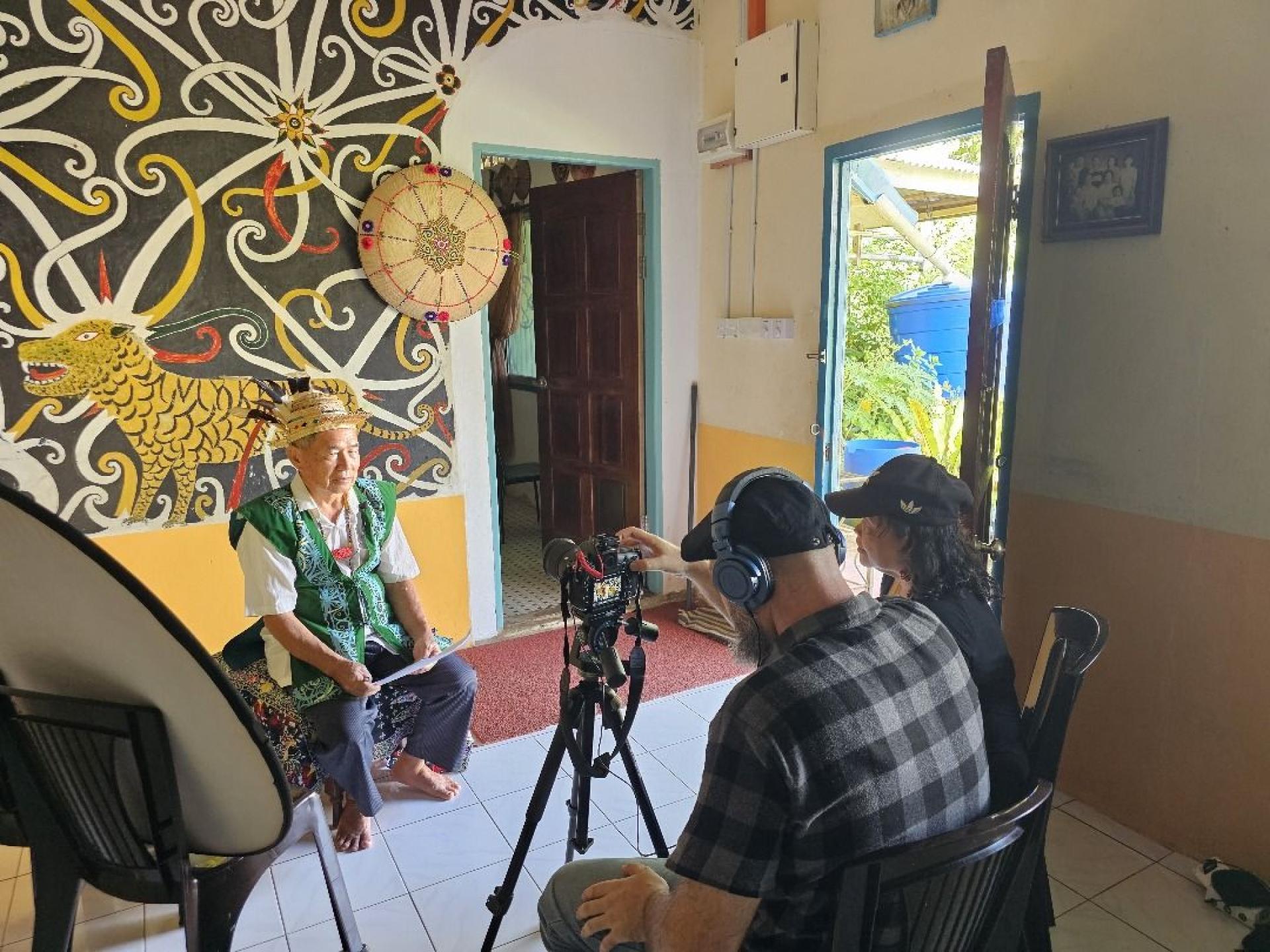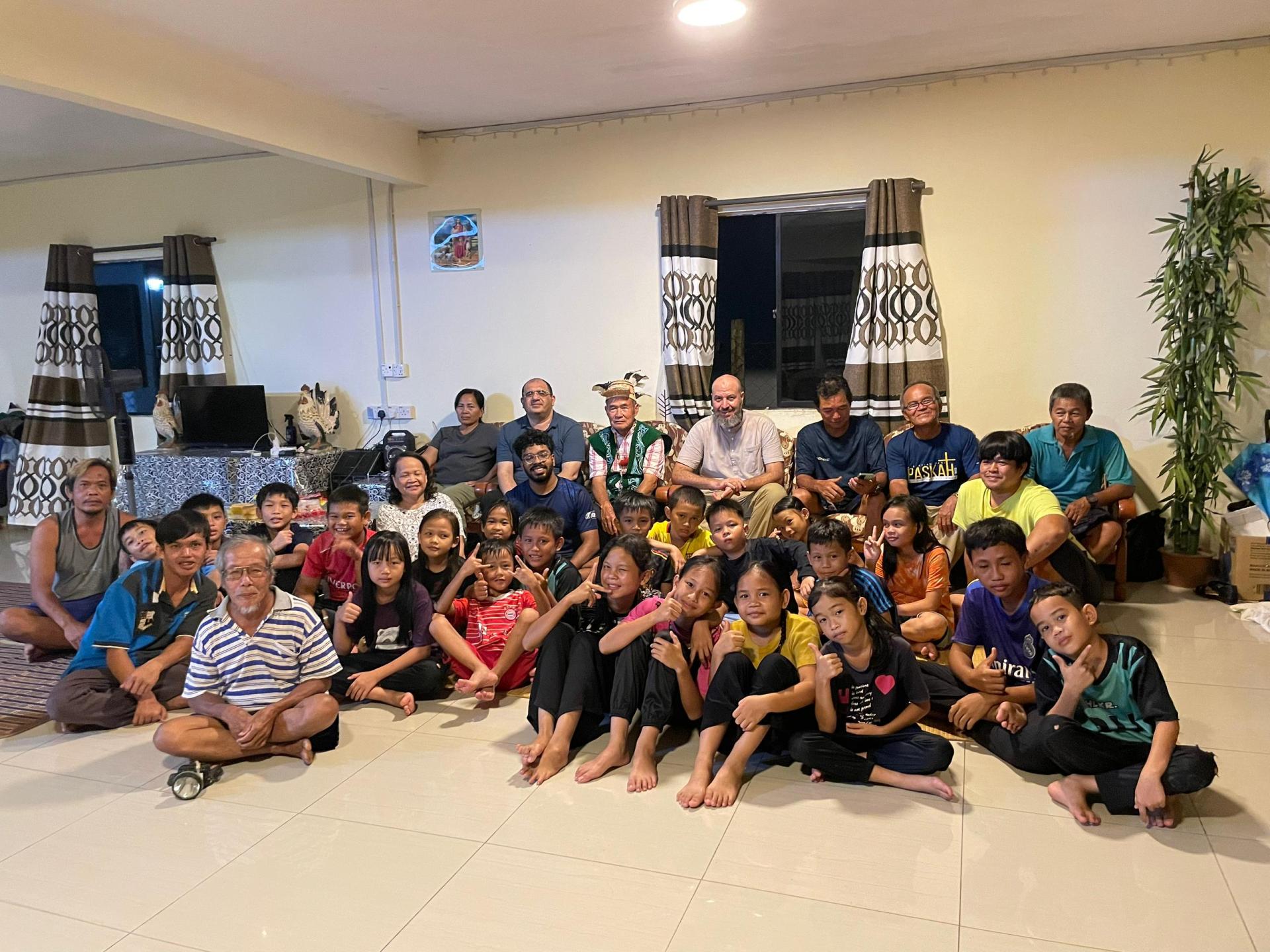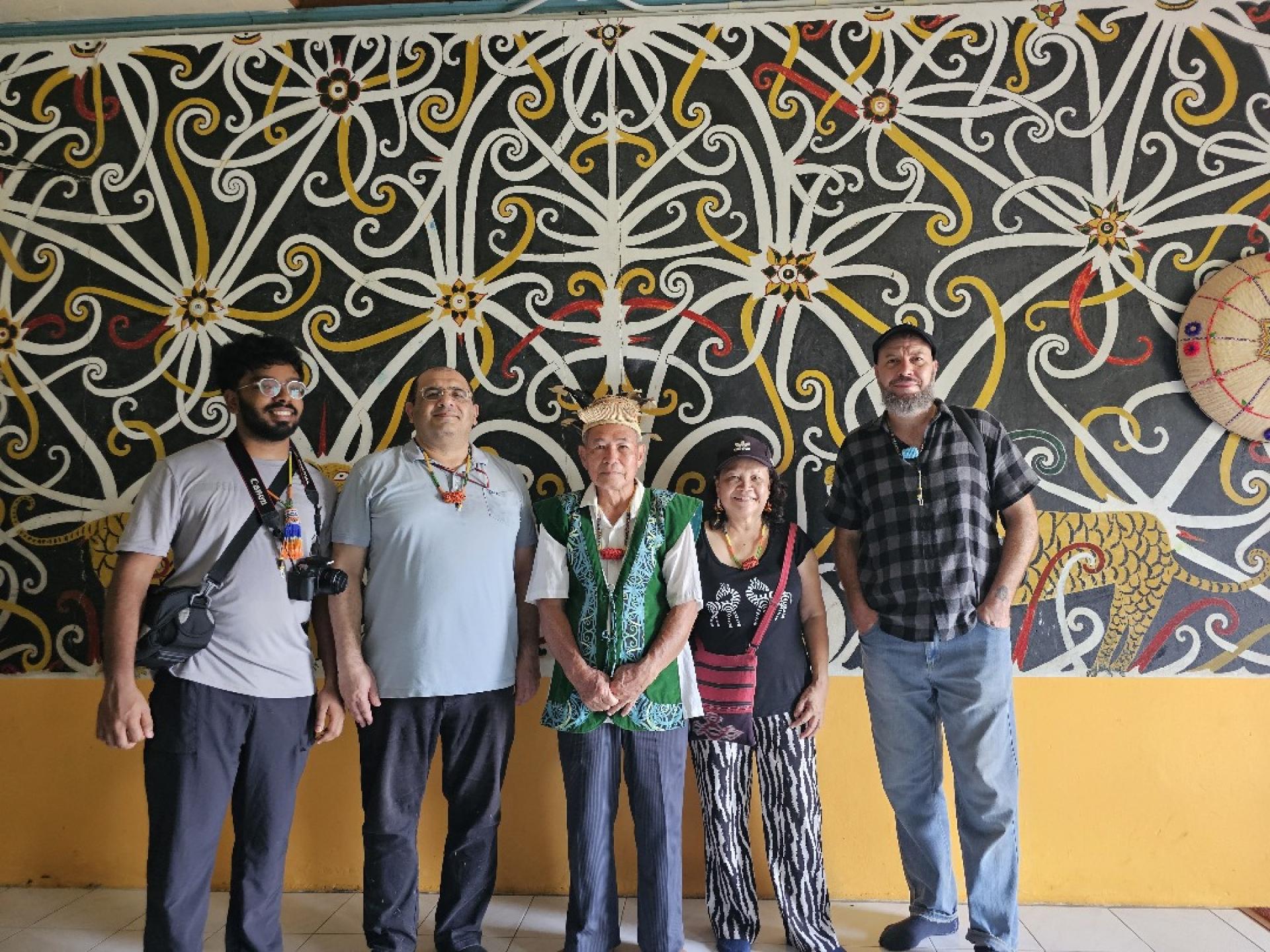(Miri, 9 July) – In the remote inland regions of Sarawak, a precious initiative aimed at rescuing endangered languages and indigenous cultures is quietly underway. Spearheaded by Curtin University Malaysia, a field research project has recently completed a key mission to Daleh Long Pelutan, a Kayan longhouse community in Baram, marking an important milestone in the transmission of local culture.
"Our language and stories are disappearing at an unimaginable speed," said Dr. Roselind. "Everything we are doing is so that the next generation can continue to hear the voices of our ancestors."

During several days of on-site research, the team thoroughly recorded local elders' oral histories, traditional arts, cultural artifacts, and more, working closely with residents. The collected materials were organized into the first digital archive of its kind, which will be publicly available for education, research, and community sharing, becoming a valuable platform for preserving indigenous culture.
During the event, former Paramount Chief of the Orang Ulu, Pahang Deng, personally participated and highly praised the project. He remarked that having their language and stories preserved in this way is the most precious gift for future generations.
The team also specially arranged a traditional storytelling session for children in the longhouse, choosing the classic Kayan folktale "Lung Lebui," allowing the children to hear legends from their own culture firsthand for the first time.
"The children listened with great interest," Britto shared. "This made us realize how much they long to connect with their own culture."
This field research project is supported by the Endangered Language Fund (ELF), USA, fully demonstrating Curtin University's strong commitment to community-based research and indigenous cultural empowerment. It is also an important step toward enabling indigenous peoples to have agency over their own cultural narratives.

